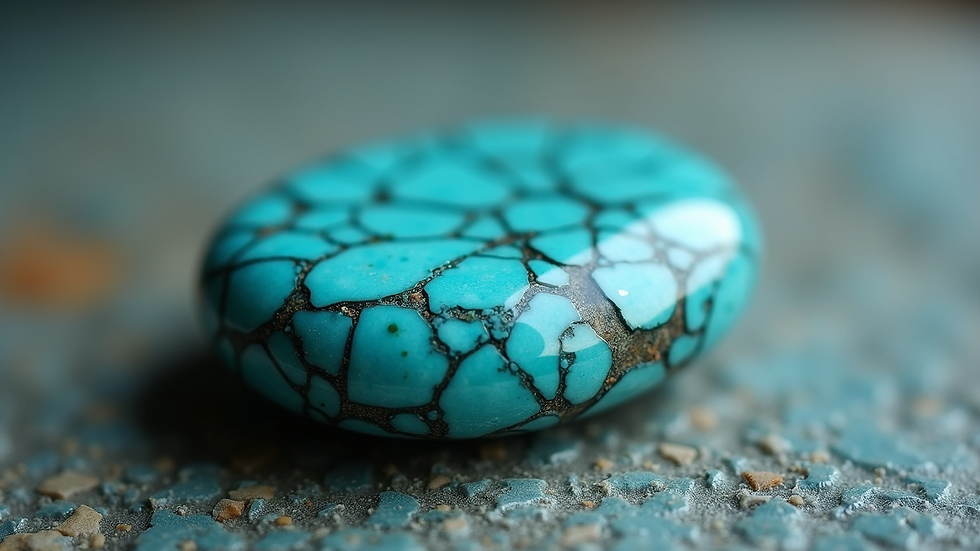Tourmaline and Turquoise
- Mar 14, 2022
- 3 min read

Tourmaline from the Himalaya Mine at Mesa Grande California. Courtesy of Tina and Sonny Vogt. Jewelry by Sonny Vogt. Photo by Mike Ryan II.

Julian Lovato pendant with Lone Mountain turquoise. Photo Mike Ryan II.
Everything has its own unique energy, frequency and vibration. In life every person is connected to a universal flow of energy and thus we are all connected to each other. Sometimes this is expressed in the “it’s a small world” experience when seemingly disparate people find themselves connected in the most surprising ways. That is certainly true in the history of turquoise in America.
One of these is the relationship between Julius Lippman Tannenbaum and Doc Wilson. Tannenbaum’s story is contained in Part One of Turquoise in America and Doc Wilson plays an important role in Part Two yet they first became intertwined in our story during the overlap of the periods covered in each book. While Tannenbaum strived mightily to become the major player in the turquoise trade in the period 1890-1910, with marginal success, he was also engaged as a major producer of tourmaline coming from mines near San Diego.
Before the formation of the American Gem Company in 1919, a young gem miner named Doc Wilson was taken in by gemstone prospectors C.O. Johnson and W.H. Trenchard who had a shop in San Diego, California. The men soon organized the San Diego Gem Company in 1901. Of the original five men who organized the company, John Hertzl-President, Doc Wilson-Vice President, C.O. Johnson-Treasurer, E. W. Peterson-Secretary and W. H. Trenchard General Manager, none could cut gemstones or owned any mines so an experienced lapidary was hired with Wilson becoming his apprentice until he mastered the art. He also took up mineralogy and received a diploma and although a small shareholder when the company was originally formed, he quickly became its president and manager by 1904.
While the American Gem Company would later become defined by turquoise mining, the San Diego Gem Company focused on other gems with only a cursory interest in turquoise. San Diego and Riverside Counties were recognized as a gem producing area known for a variety and diversity of gemstones including tourmaline, topaz, hyacinth, zircon, garnet, and beryl. Tourmaline was especially popular and the San Diego Gem Company had a mine adjacent to the Himalaya Mining Company who had large contracts with Tiffany & Co. who were selling tourmaline to the Dowager Empress of China. Turquoise was found in the Halloran Hills of San Bernardino County. It is likely that the San Diego Gem Company sourced turquoise from the Himalaya Mining Company who had turquoise mines.
While we have no information on Doc’s activities between the years of 1911 and 1919, we may speculate that he continued to work in the gem and jewelry trade. The 1920 census lists his occupation as merchant in the jewelry industry. He was recognized as a gem expert in the trade from his years with the San Diego Gem Company. It would appear that the American Gem Company was formed, in 1919, with the intent to market gems other than turquoise, as the name implies. Doc would not be involved with turquoise until he obtained the Blue Gem claims (Easter Blue) in 1927 and half of the Lone Mountain claims from Lee Hand in 1929. Those beginnings would define the identity of the American Gem Company and leave a lasting legacy on turquoise in America.
In these photos we see, just as the lives of Tannenbaum and Wilson intersected, how the energies and beauty of two different gem stones, tourmaline and turquoise, may interact sharing their own unique expressions.
Mike Ryan II
March 2022
Santa Fe


Comments